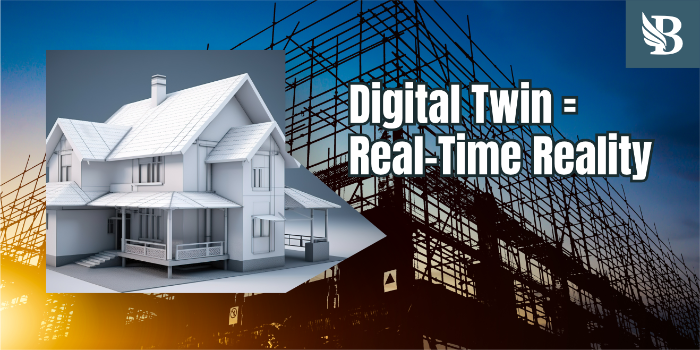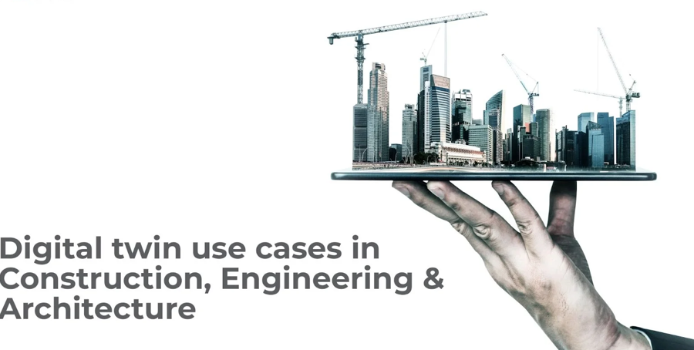
Digital Twins in Construction: The Future is Now
In an industry as dynamic and complex as construction, having the ability to see, simulate, and optimize a project before a single brick is laid is no longer a luxury—it’s a necessity. This is the promise of Digital Twins, and it’s reshaping how the built environment is designed, constructed, and maintained.
What Are Digital Twins?

A Digital Twin is a real-time digital replica of a physical asset, process, or system. In the context of construction, it can represent anything from a single building to an entire infrastructure network. It pulls together design models, sensor data, construction updates, and operational insights to create a living, breathing virtual mirror of the actual structure.
This twin isn’t static—it evolves alongside the real-world asset, continuously updating through real-time data streams, IoT sensors, and AI analysis.
Why Digital Twins Matter in Construction
Construction is rife with complexities—multiple stakeholders, ever-shifting site conditions, budget pressures, and maintenance demands that stretch years into the future. Digital twins bring a powerful solution to these challenges through:
Improved Planning & Design: Simulate and optimize building performance before construction begins.
Real-Time Monitoring: Track progress and conditions onsite to avoid delays or errors.
Lifecycle Maintenance: Predict maintenance needs based on actual asset performance.
Enhanced Collaboration: Share a centralized, always-updated view of the project with all stakeholders.
How BidLight Supports Digital Twin Adoption
BidLight provides a practical gateway to integrating digital twin workflows into everyday construction projects—without overwhelming teams with complexity.
Here’s how BidLight ties in:
✅ 3D BIM Model Integration: Upload and visualize digital models with full geometric and attribute detail. BidLight supports IFC and other industry formats, making it easy to connect to your twin framework.
✅ Simulation and Visualization: BidLight’s visual model viewer lets users simulate construction sequencing, validate designs, and interact with virtual assets—bringing your digital twin to life.
✅ Real-Time Data Mapping: BidLight enables teams to overlay live project data (such as equipment status, resource availability, or cost updates) directly onto the model. This ensures the digital twin reflects the project’s actual condition at every stage.
✅ Accessibility Across Stakeholders: No advanced software required. Whether you're a project manager, owner, or on-site technician, BidLight democratizes digital twin data with a user-friendly web interface.
Conclusion
Digital twins are no longer a concept for the future—they’re a necessity for today’s complex construction environments. By offering a dynamic, real-time reflection of physical assets, they unlock better decisions, reduce costly errors, and prepare assets for long-term success.
Platforms like BidLight are paving the way for this transformation, helping construction teams not just visualize, but fully interact with their project data. As the industry continues to evolve toward smarter cities and connected infrastructure, embracing digital twins isn’t just a smart move—it’s the next standard.